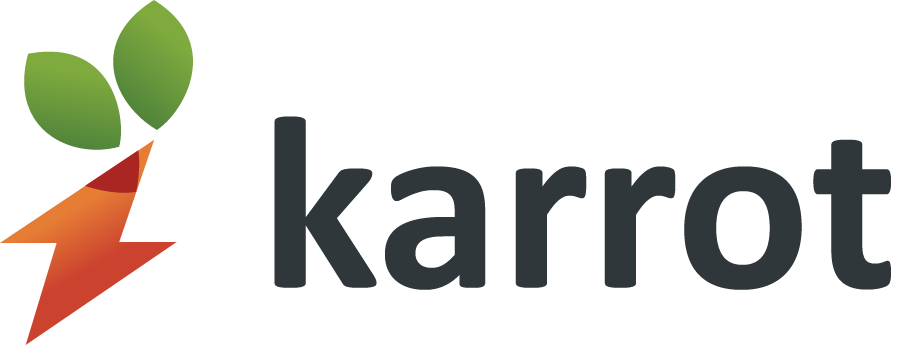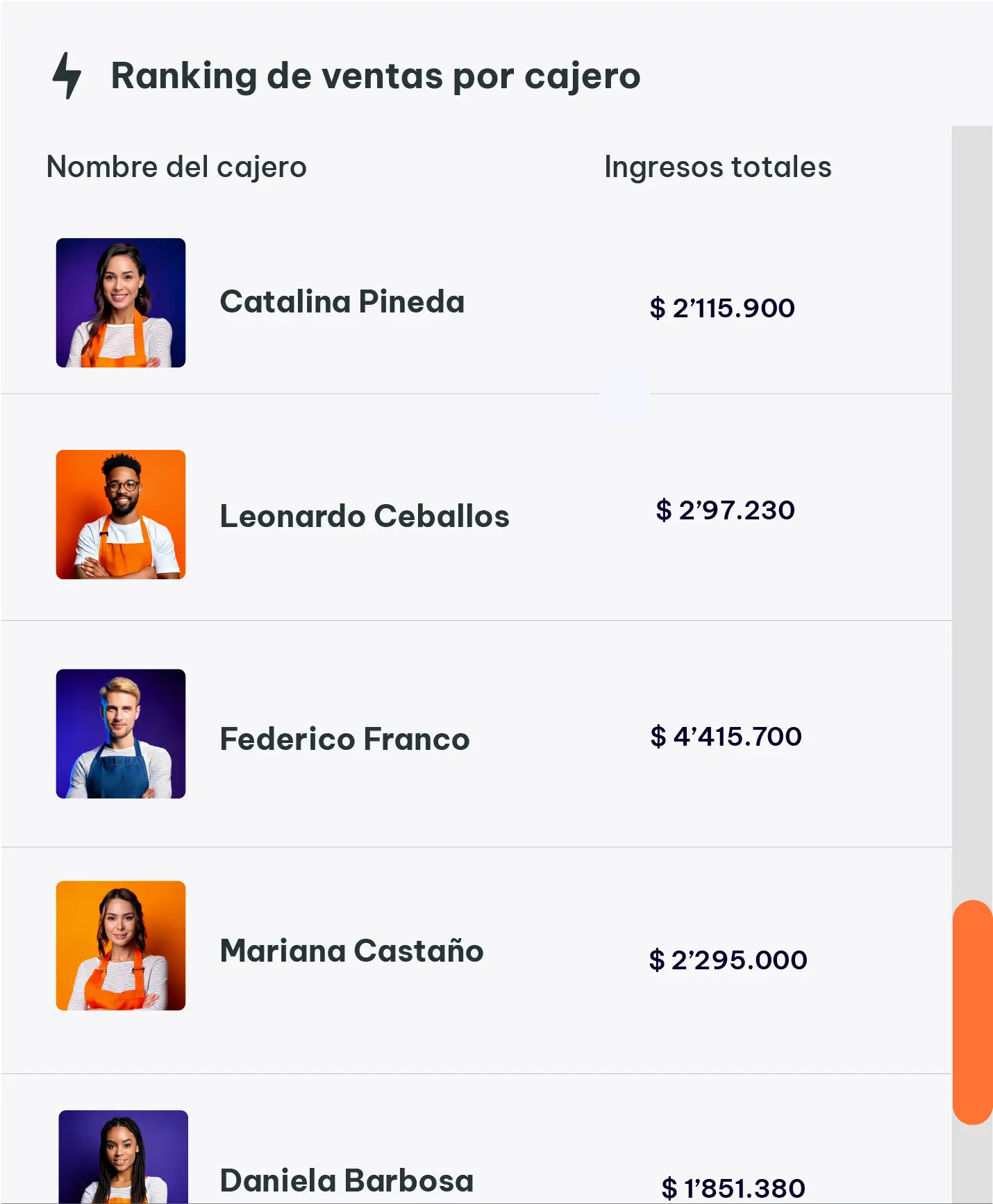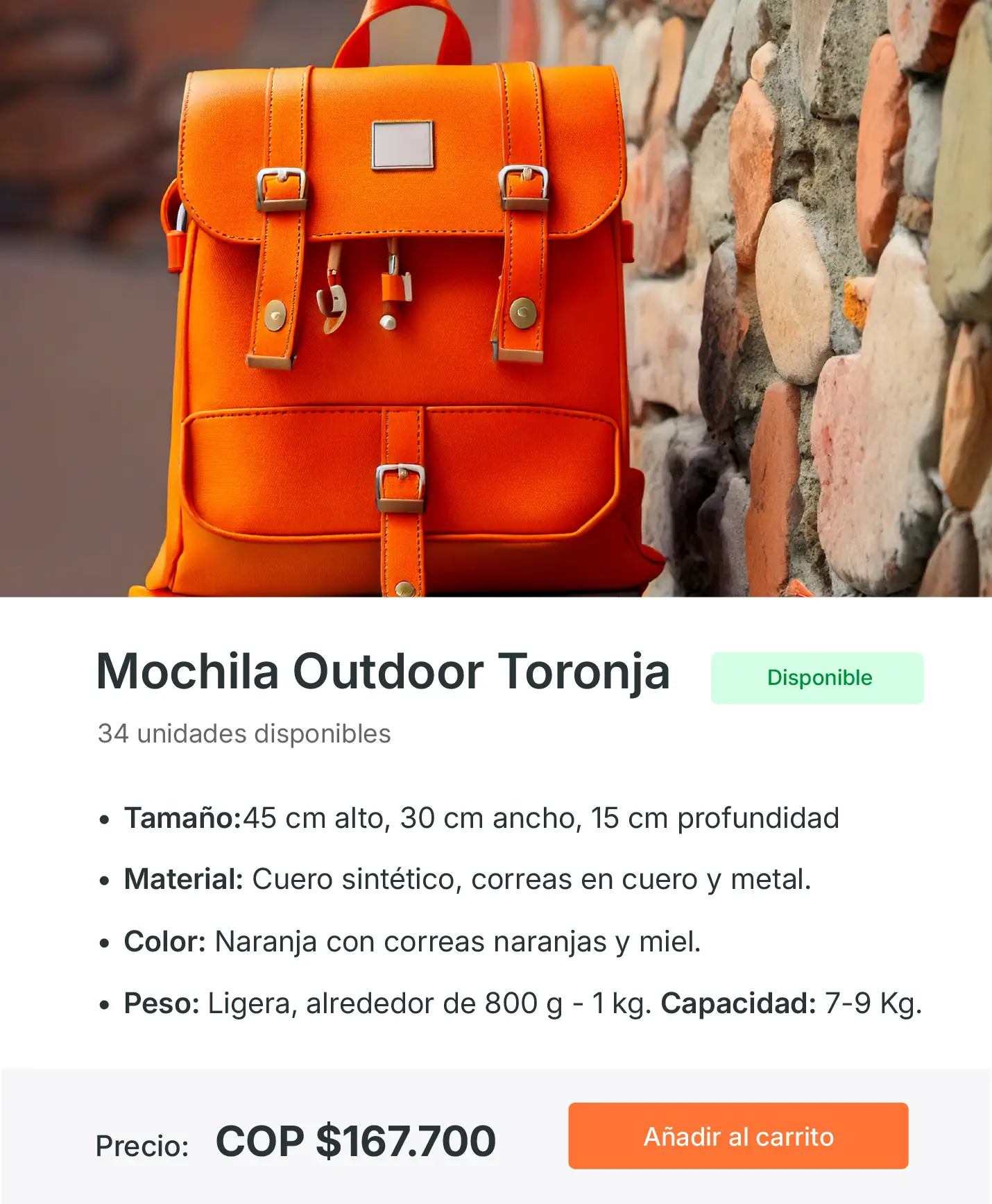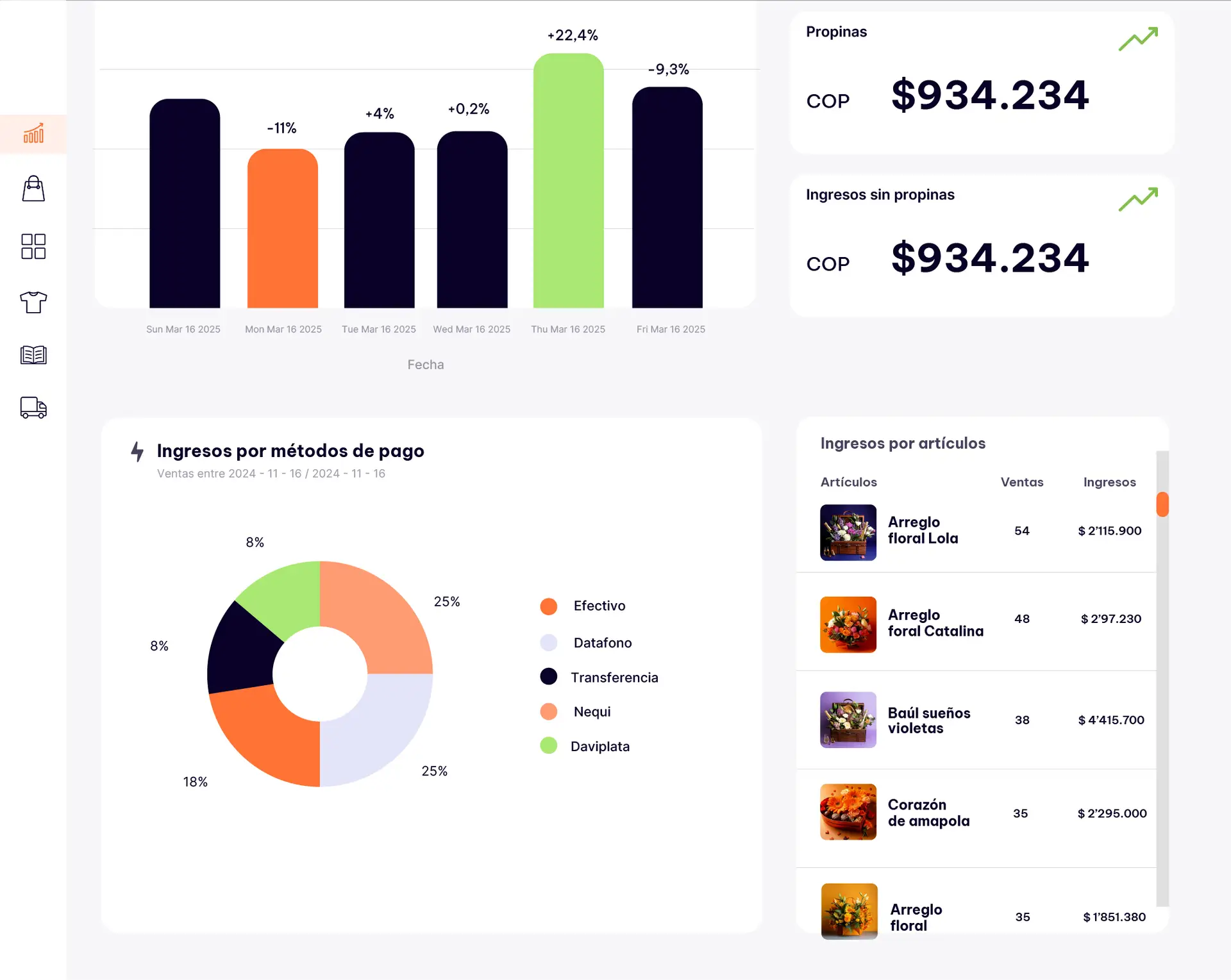Introduction: When “More Sales” Doesn’t Mean More Stress
When people think of growing a retail business, they usually imagine one thing: more customers. More foot traffic. More messages. More ads. More people to convince, persuade, and sell to.
But what if you could grow without constantly chasing more?
What if your business could grow by doing better with the customers you already have?
That’s the quiet power of increasing your average ticket size — the amount each customer spends per visit.
It’s one of the smartest ways to grow, especially for small businesses. Why? Because it doesn’t depend on bigger budgets, viral posts, or packed stores. It depends on improving what you already do — and making the most of every sale, every time.
But here’s the catch: many store owners feel uncomfortable trying to “sell more” to each customer. They worry it will feel pushy. That they’ll come off as salesy or fake. That customers will get annoyed and leave.
Here’s the truth: you can increase your average sale without being aggressive. In fact, when done right, your customer will actually thank you for the suggestion — because it feels helpful, thoughtful, and valuable.
This article will show you five practical, proven strategies to increase your average ticket size in a way that feels natural, customer-centered, and completely in line with your values.
No pressure. No tricks. Just smart sales habits that make every interaction count — for your customer, and your bottom line.
Let’s start with one of the easiest ways to boost value per purchase… that most retailers completely overlook.
1. Create Smart Product Bundles That Feel Like a Deal
People love value. But they don’t always want to think too hard. Bundling products — thoughtfully — helps them feel like they’re getting more while also spending more. It’s a win-win.
Why it works:
Bundles make decisions easier. They reduce friction, simplify the buying process, and tap into our natural desire to “get a better deal.”
Examples of bundles:
- A coffee shop offering a pastry + coffee combo at a small discount
- A beauty store bundling shampoo, conditioner, and a comb into a “haircare kit”
- A pet store offering a new puppy starter pack (food, toy, cleaning spray)
Pro tip:
The bundle doesn’t have to be discounted. Just packaging items together with a clear name and purpose often increases sales.
What to watch out for:
Don’t force random products together. Bundles should make sense for the customer, not just clear your shelves.
Real-world example:
Lucía runs a skincare store. Instead of selling each cream and serum separately, she creates a “Nighttime Routine Kit.” Customers love the simplicity. Her average order value goes from $28 to $41 within a month.
Practical Exercise:
Pick 2–3 products that are often bought together. Create a themed bundle with a name, a simple explanation, and optional incentive. Display it in-store or online and track how it performs compared to single-item sales.
2. Use Suggestive Selling (The Right Way)
Suggestive selling isn’t about pushing. It’s about offering genuinely useful recommendations that enhance the customer’s experience.
Why it works:
Many customers simply don’t know what else they might need. A friendly, well-timed suggestion can feel helpful — not pushy.
How to do it naturally:
- “Most people who buy this also love…”
- “If you’re getting that, would you like to see the version with more durability?”
- “This cleaner pairs really well with that floor wax — want to take a look?”
Important:
Train your team to read the customer’s vibe. Suggest once. Never pressure. The goal is relevance, not insistence.
Examples by industry:
- Bookstore: “If you liked that novel, this author has a great follow-up.”
- Fashion: “That blouse would look amazing with the high-rise pants we just got.”
- Hardware store: “That tool doesn’t come with batteries — would you like to grab a pack?”
Real-world example:
David owns a small electronics shop. After training his team on natural suggestions, their average sale increases by 22%. Why? Because customers appreciated the advice — and bought add-ons they didn’t know they needed.
Practical Exercise:
List your top 5 products. For each, write one helpful recommendation you or your team can suggest at checkout. Practice how to say it naturally, as if helping a friend.
3. Make the Premium Option Visible and Easy to Choose
Some customers want the higher-end version — but don’t buy it because they don’t see it or aren’t sure if it’s worth it.
That’s where price anchoring comes in.
Why it works:
When people see a higher-priced item first, it makes other options seem more reasonable. It also shows what’s possible. If your best option is buried on the shelf or at the bottom of the page, you’re hiding potential revenue.
How to do it well:
- Always display at least 3 options: basic, standard, premium
- Highlight the value and benefits of the premium item (not just the price)
- Train your team to explain why it’s worth the upgrade
What not to do: Don’t guilt people into upgrading. Offer the premium version with confidence — and let them choose.
Examples by industry:
- Coffee shop: small, medium, and large smoothie — with large offering extra fruit and protein
- Hardware store: regular paint vs. extra-durable, anti-fungal paint
- Pet store: basic leash vs. reinforced leash with reflective tape
Real-world example:
Rosa owns a small gift shop. After repositioning her higher-end candle sets to the front shelf with clear labels like “Best Gift Pick,” her average ticket increases by 18% in two weeks.
Practical Exercise:
Choose one of your best premium products. Move it to a more visible spot, add a small sign with 1–2 clear benefits, and track if more customers ask about or choose it.
4. Offer a Minimum Purchase Incentive
People love a good reason to buy more — especially when there’s a reward. A minimum purchase incentive gives them just that.
Why it works:
This technique taps into the desire to “not leave value on the table.” If someone’s close to reaching a threshold for a gift, discount, or free shipping, they’re likely to add something extra to qualify.
Examples:
- “Free delivery for orders over $50”
- “Spend $30 and get a surprise gift”
- “Buy 3, get 1 free”
Why it’s not pushy:
It puts the choice in the customer’s hands. You’re not pushing — you’re presenting an opportunity.
How to make it effective:
- Make the reward valuable and clear
- Use visual reminders in-store or on your site
- Keep thresholds just slightly above your current AOV (e.g., if it’s $22, set the reward at $30)
Real-world example:
Martin runs a bookstore. After introducing “Spend $35 and get a tote bag,” he notices customers adding extra bookmarks or journals to reach the amount. His average ticket climbs by 27%, and the tote bags become free walking ads for his store.
Practical Exercise:
Review your current average ticket. Design an incentive that kicks in just above that value. Display it prominently at checkout or online — and track how many customers go for it over the next two weeks.
5. Use Personalization to Recommend More — But Smarter
Your best sales tool? Knowing your customer. Personalized suggestions build trust — and increase the chances they’ll spend more without hesitation.
Why it works:
When people feel understood, they’re more likely to buy again — and spend more. Recommending based on previous purchases, preferences, or habits makes the sale feel relevant, not random.
Ways to personalize:
- Keep a basic purchase history for returning clients
- Use their name when recommending
- Offer VIP previews based on past favorites
- Send a follow-up message with a suggestion after a recent purchase
Digital example:
“Hi Sofia! Since you bought the rose body lotion last month, we thought you’d love our new floral bath kit — here’s a special offer.”
In-store example:
“Carlos, you always ask for our dark roast — we just got a new limited batch in today.”
Real-world example:
Natalia owns a beauty shop. She starts using WhatsApp to follow up with VIP clients, offering personalized recommendations and early access to promotions. Her top 20 clients increase their monthly spend by 40%.
Practical Exercise:
Identify your top 5 repeat customers. Review what they’ve bought. Send them a short, personalized suggestion this week — no pressure, just a thoughtful tip. Track who responds — and what they buy next.
Final Reflection: Bigger Sales Begin with Better Conversations
You don’t need tricks, gimmicks, or pressure to grow your average sale. You don’t need to “sell harder.” You need to sell smarter.
That means:
- Understanding what your customers truly value
- Guiding them to products that fit their needs
- Making upgrades feel like natural options
- Celebrating their loyalty with meaningful incentives
When you stop seeing sales as transactions and start seeing them as conversations — opportunities to help, connect, and serve — everything changes.
You gain trust.
You build habits.
You increase revenue without adding stress.
You grow without chasing more and more people.
You learn that each customer already represents more value — if you know how to unlock it.
And yes, there will be days when no one bites. When you suggest something and they say “no thanks.” That’s okay. Because your job isn’t to push — it’s to offer well.
When you lead with clarity, care, and good timing, your customers won’t just buy more — they’ll feel better about buying more.
That’s how you grow your ticket size — and your business — with integrity.
So choose one strategy from this article. Try it this week. Train your team. Track the results. And build a store where more value doesn’t feel like more pressure — it feels like more trust.
Because great selling isn’t about convincing.
It’s about serving — with intention, confidence, and heart.
